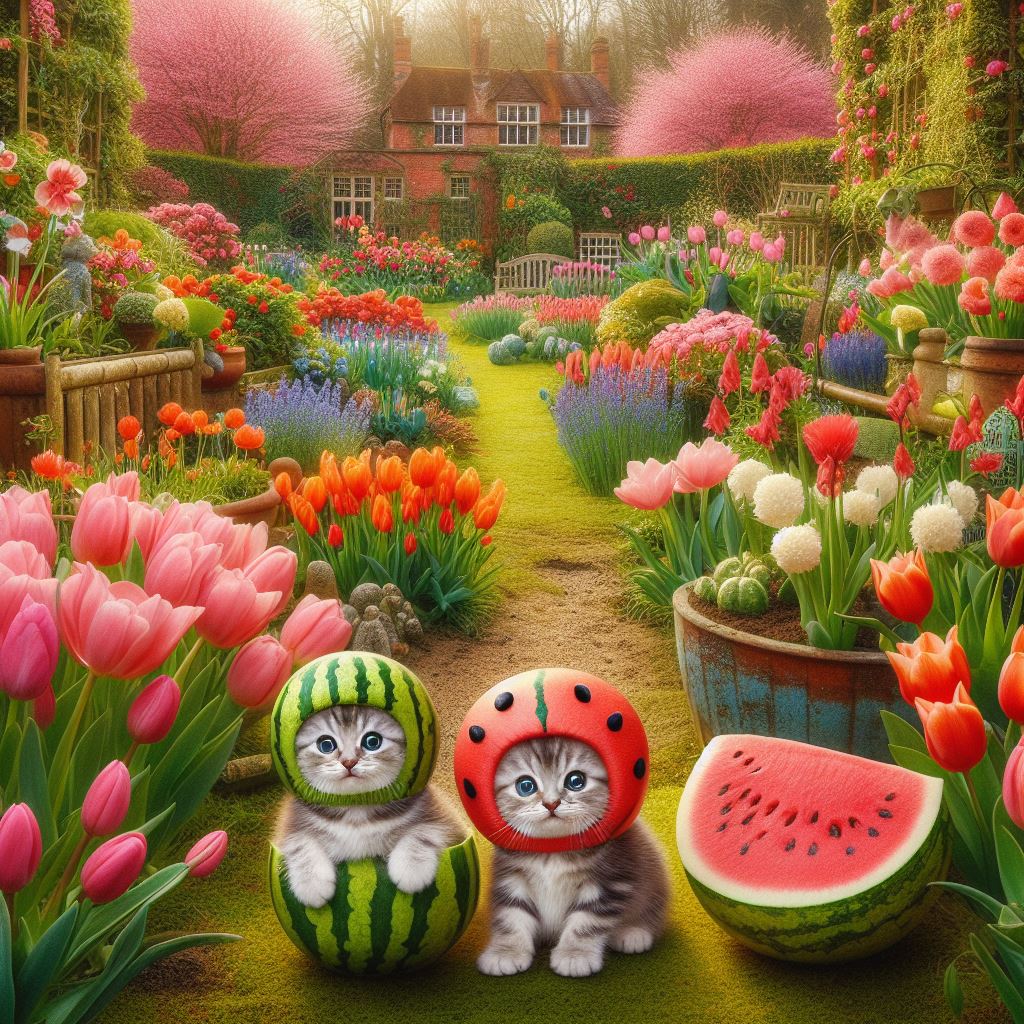Is there anything more restorative than the first flowers of spring? Apart from spring flowers plus kittens wearing watermelon helmets, obviously?

March is the time to enjoy the full array of spring bulbs – a rich reward for the aching back and sore knees from our efforts in Autumn. After such a wet winter, it is hard to imagine a more beautiful sight—the thick carpets of bluebells, yellow daffodils nodding in the breeze, and the rich, varied hues of hyacinths are dazzling this month.
Although we can expect to enjoy the feast of colour from our spring bulbs for a little while longer, some of the earliest flowering snowdrops are already starting to fade, and we will be left with the bulb’s foliage for quite some time.
Naturally, there isn’t much visual appeal to this mass of plain green foliage, which can represent something of a disappointment following the passing of their flowers.
For the tidy gardeners out there, this foliage soon looks messy, so it is understandable that they might rush to tidy up by removing it or at least tying it up.
However, interfering with the foliage prematurely will undermine, or even cancel, your spring display in subsequent years.
You must resist the urge to tidy until the foliage has turned and started its natural process of dying back, or else your future blooms are doomed, doomed!
The green leaves that a bulb produces play a critical role in the post-flowering process. Photosynthesis is how plants weave the two life giving molecules, carbon dioxide and water, into sugar, which locks the energy of sunlight into a chemical bracelet.
This sugar is the plant’s fuel and building block both: it can be stored as starch, or turned into cell walls to make more plant-body-stuff (that’s the technical term for the cellulose and lignin in leaves and stems).
And in the case of bulbs, the leaves that hang around after the flowers fade are storing up starches down in the bulb in order to fuel the production of flowers next year.
That bears repeating: the flowers you see this year are powered by the work that the previous year’s leaves did.
Remove the leaves too soon, and you will be depriving those future flowers of the energy they need to develop.
Patience will be required of you, and it can be a wait of 6 weeks or more before this cycle is complete. You will know they are ready when the bulb’s foliage dies back of its own accord, turning all brown, yellow, or gray, and pulling away easily from its origin.
Whatever you do, do not pull through any resistance or twist the foliage, which can damage the bulb beneath and potentially raise its planted depth, which is not good.
Once you have patiently waited and removed the foliage to your compost heap, you might like to go one step further and apply a thick mulch (which does not need to be composted: fresh wood chips or lawn clippings are great).
This will help retain the soil moisture and insulate the bulbs from the upcoming heat of summer, and you can forget about them all until they come back to surprise you next spring.
